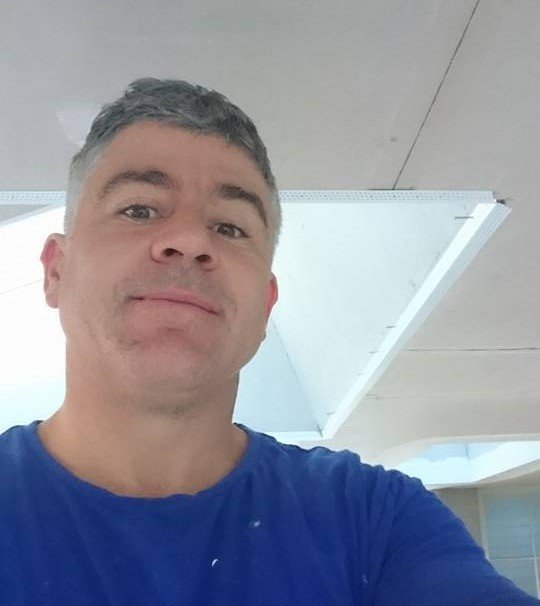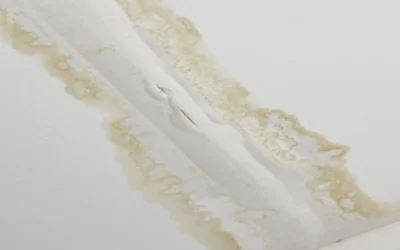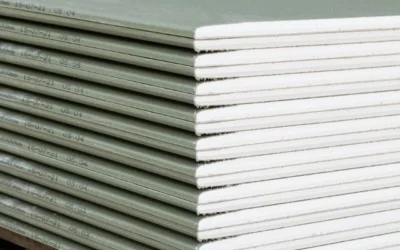Having effective home insulation in your Sydney home is critical. Our city’s climate is quite dynamic, ranging from scorching temperatures in the summer to much cooler winters and let’s face it, our brick homes are not very well insulated most of the time which means Sydney siders feel the fluctuating temperatures very intimately.
This article aims to provide Sydney homeowners with a detailed overview of the many insulation options available. We’ll shed light on the various materials, the benefits they offer, and what factors you should consider when selecting the ideal insulation solution for your home.
Is insulating your home worth it in Sydney?
Insulation is a crucial piece of a comfortable home. You cannot effectively maintain a comfortable indoor temperature without effective insulation throughout your home. Without it, it becomes increasingly harder to keep the heat of the summer outside and the warmth from your heaters inside during the winter. Although our winters aren’t as cold as down south, we still do get cold winters therefore insulating your home will make it that much more liveable and enjoyable when you’ve got a cosy home.
Another important role of insulation is increasing the passive energy efficiency of your home. Just like how skylights passively improve the lighting within the home, effective insulation, improves the home ability to retain the desired temperature. Your AC and heaters will not have to work as hard to thermoregulate the inside of your home. As it becomes easier to maintain optimal ambient temperature, your energy bills will decrease along with your carbon footprint.
It’s an essential factor when creating a sustainable living environment in Sydney. There’s no question that the city has increasingly higher living costs, so every little bit helps. Effective insulation can help keep some of your hard-earned money in your pockets.
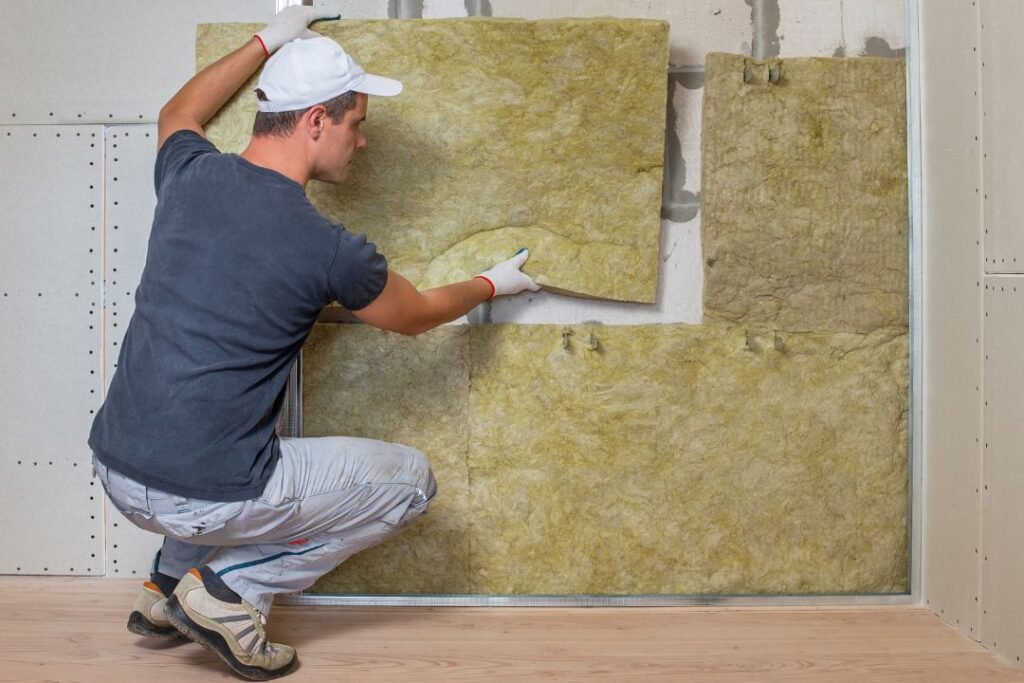
Exploring different types of home insulation
Now we will look at the common types of insulation for homes in Sydney:
Batt insulation
Both fiberglass and rockwool (or mineral wool) batt insulation are popular choices in Sydney. Fiberglass is favored for its cost-effectiveness and thermal performance, making it a practical option for many homeowners. Rockwool, known for its fire resistance and soundproofing properties, is also a preferred choice, especially in urban areas or homes close to noise sources.
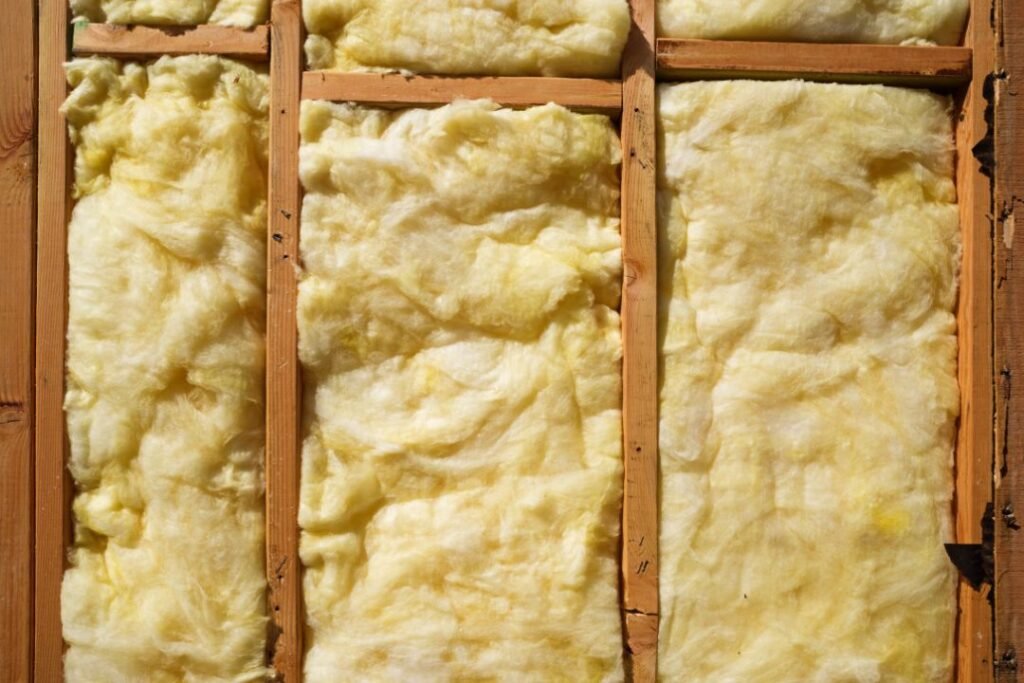
Reflective insulation
Reflective insulation is much like its name implies—insulation with a reflective surface. This surface can reflect heat by up to 95%, preventing its transfer to the other side of the panel. Most of the time, you’ll find this insulation made with foil as the reflective material. Foil insulation is ideal for reflecting radiant heat, especially during the scorching summers we experience in Sydney.
Radiant barriers are also covered with foil or another reflective material. They work to block radiant heat, preventing its absorption. This is highly effective in areas of the home, such as the roof and attic. This can help deliver potential energy savings to the homeowner, along with the colour of the paint and material of the roof.
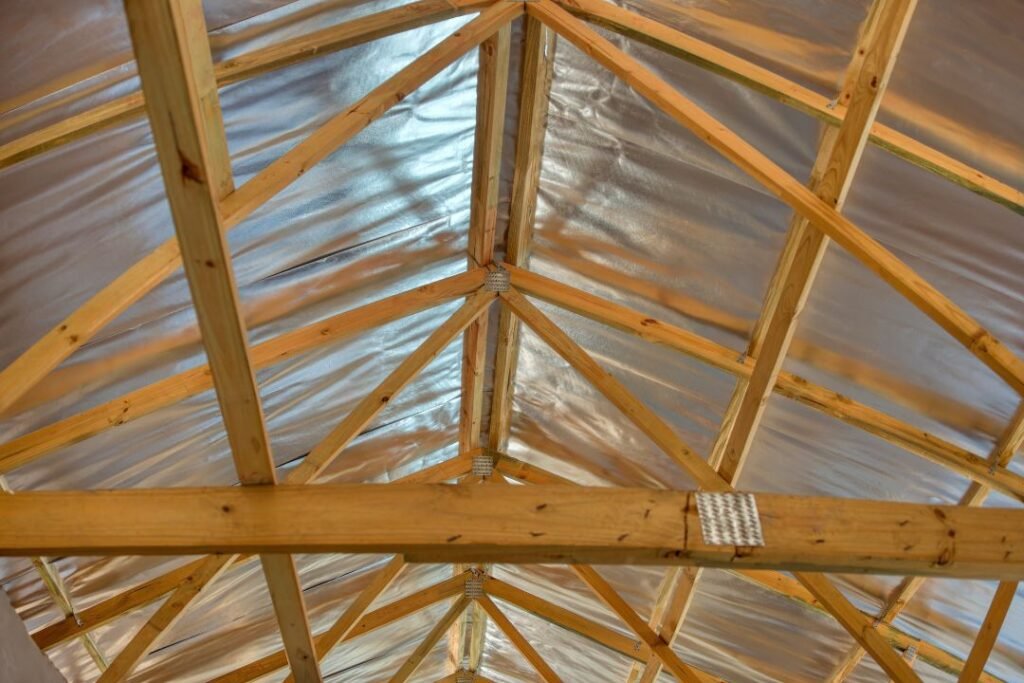
Spray foam insulation
In Australia, spray foam insulation is commonly made from two primary chemical components: isocyanate and polyol resin. When these two substances are mixed together at the application nozzle, they react to create polyurethane foam. This foam expands upon application, filling gaps, cracks, and crevices, and then hardens into a solid, insulating layer.
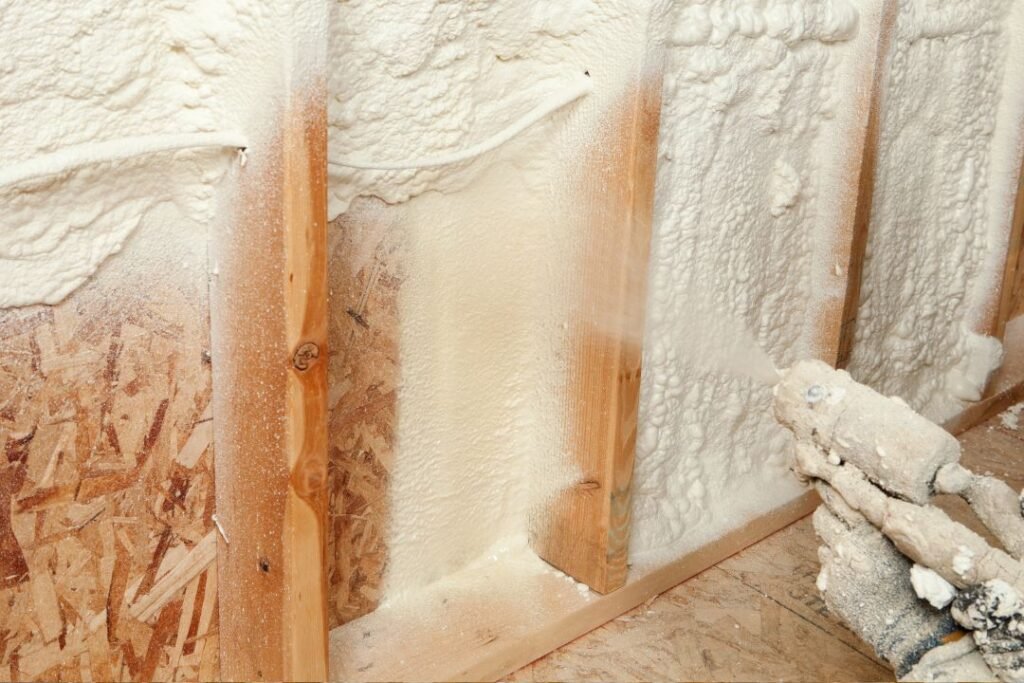
Blown-in insulation
Cellulose and fiberglass loose-fill (blown-in) insulation are options for quick and versatile insulation applications. Cellulose is eco-friendly, making it a good choice for retrofitting older homes, while fiberglass loose-fill can be easily applied to attics, walls, and crawl spaces, reaching difficult areas.
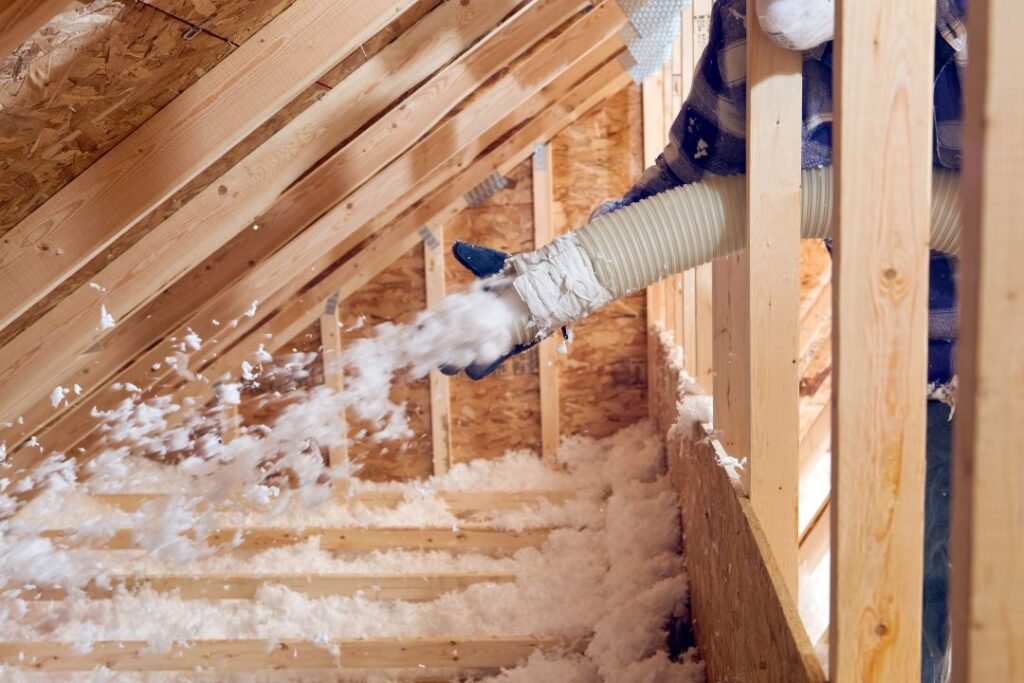
Key things to consider when choosing the type of home insulation
The main thing that will determine what type of insulation is most appropriate will be whether you are building from scratch, adding an extension or granny flat or you’re retrofitting an existing property. When building from scratch, you have all the options available to you as far as insulation goes so you have the opportunity to make the most of energy-efficient solutions that meet your budget. When retrofitting, the options are a little more limited due to accessibility and space as well as down time and disruption if you are living in the house, therefore options such as spray foam or blow in are great options. When retrofitting a home, you’ll likely need to engage professionals besides the insulation installers, to be able to access wall spaces. For example, engaging a plasterer when retrofitting an existing property will be required if interior walls must be removed to install the insulation or if any damage is done to the walls during the installation process.
Other things to consider include:
Area of the Home Being Insulated
- Roof and Attic: Given Sydney’s sunny climate, reflective insulation is effective for roofs and attics to reflect heat away. High R-value insulation like spray foam can also seal air leaks and insulate efficiently. this is especially the case if you’ve turned your attic into another living space.
- Walls: Batt insulation (fiberglass or rockwool) is commonly used in walls for its thermal and acoustic insulation properties. Spray foam can be used for both new construction and renovations for an airtight seal.
- Floors: In cooler months, insulating under floors can prevent cold air from entering. Consider using polyester or fiberglass batts, or spray foam for areas difficult to access.
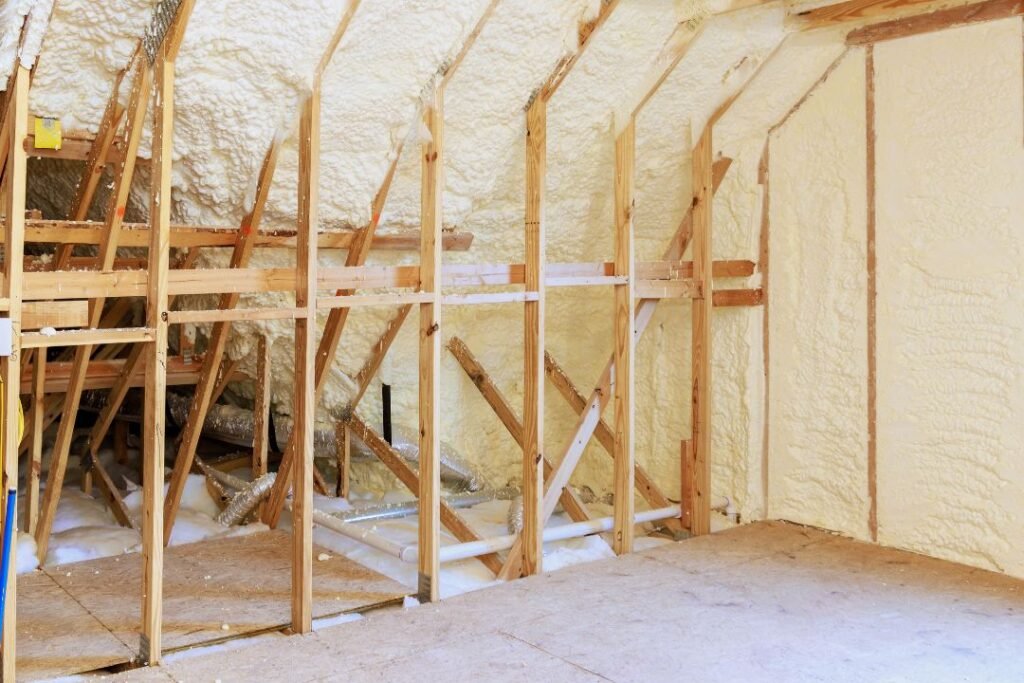
Insulation Material Properties
- Fire Resistance: Rockwool (mineral wool) insulation offers excellent fire resistance, which could be a consideration for safety.
- Sound Insulation: If your home is in a noisy area, consider sound-insulating properties. Rockwool and open-cell spray foam provide good sound insulation.
- Environmental Considerations: For those looking for eco-friendly options, cellulose blown-in insulation or certain types of batt insulation made from recycled materials can be a good choice.

Budget and Installation
- Cost-Effectiveness: Fiberglass batts are generally more affordable and easier to install, making them a popular choice for budget-conscious homeowners.
- Professional Installation: Some types of insulation, like spray foam, require professional installation, which can be more costly but offers superior air sealing and insulation performance.
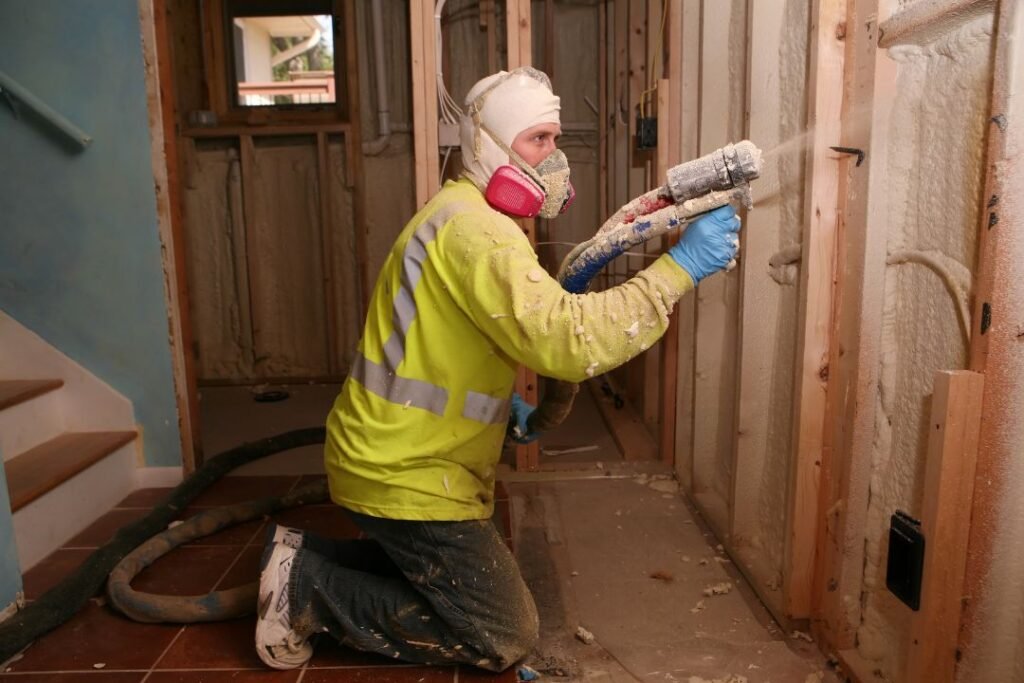
Building Code and Energy Requirements
- Ensure that the insulation type and installation comply with the Australian Building Codes Board (ABCB) standards and the National Construction Code (NCC) requirements for energy efficiency.
Maximise Savings with Optimal Insulation for Your Sydney Residence
Selecting the ideal insulation for your home is crucial for achieving cost-effectiveness. It ensures comfort throughout the year, leads to significant energy savings, and promotes a more sustainable lifestyle. Before finalising your insulation investment, thoroughly evaluate your options and consider consulting with a professional to leverage the advantages of your choice fully.

